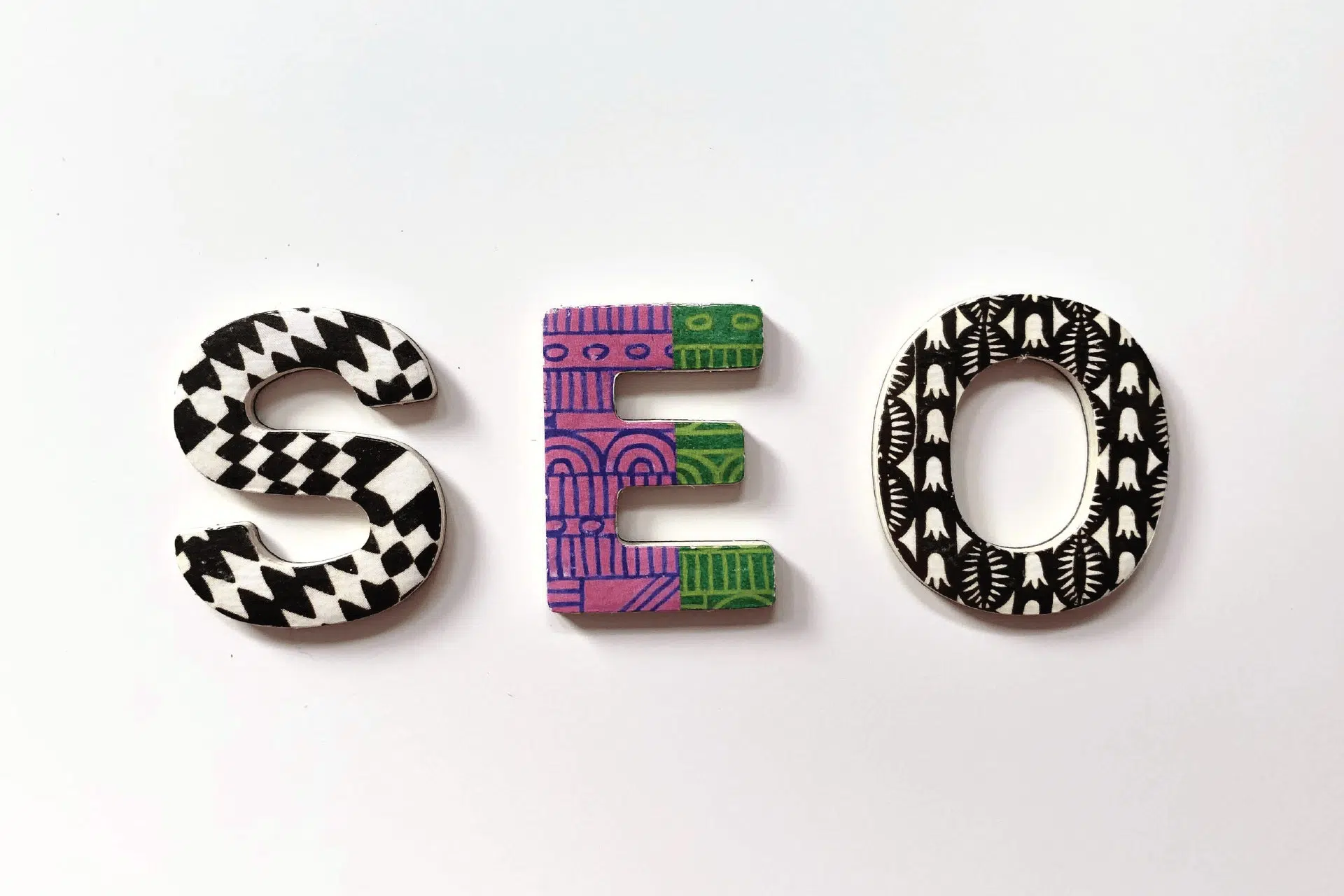Editor’s note: The following is a guest post from Chris Chaperon of Speakaudible. Thanks to Chris for sharing his insights!
A website is important for any business. But if you rely on yours to make sales, it’s all the more critical that your site can be easily found by your clients and prospects. After all, it would be a genuine debacle if you spent time and budget building a beautiful and effective e-commerce site and nobody showed up.
That means showing up at or near the top of Google’s search. Search engine optimization (SEO)plays a huge role in building a solid online presence for any business. The significance of web-based business SEO best practices shouldn’t be underestimated. They will help you rank higher in the search engine result pages (SERPs) and cause your site to be noticeable by your objective.
And the more traffic you get, the almost certain you are to make conversions.But for many businesses, SEO isn’t a priority, and it shows. Numerous online stores bomb hopelessly when it comes to optimizing for search, meaning they’re unable to exploit organic marketing intensity.
To paint a picture, 51% of all worldwide e-commerce business web traffic comes from search engines, and 70-80% of online customers ignore paid promotions in list items. Consequently, to be seen by likely prospects, you should enhance your web-based business site with the best SEO strategies so you can rank higher on SERPs and boost traffic organically—which will also boost sales.
How to improve your e-commerce website’s SERP ranking
SEO is, by a pretty good margin, the best answer to push your site to a higher position in an inquiry using normal search engines, such as Google, Bing, and Yahoo. It works because all the rankings created by SEO are organic—you’re not paying to play, you’re simply making changes to your site to make it easier for Google (and the rest) to find you when someone’s looking for your goods or services.
Any SEO procedure will take a ton of time and effort on your part. But it’s worth it. Your work will lead to gains in both the amount and the quality of traffic to your e-commerce site, prompting more conversions and repeat visitors.
So how do you get started?
1. Do Keyword and Topic Research
Keyword research is an important part of any SEO plan since it’s perhaps the ideal way to find out what your clients are thinking about. If you’re just guessing at what your audience is looking for, you could (and probably will) wind up investing a ton of energy into attempting to rank for some unacceptable things.
Keyword research shows you what people are searching for on the web, both as far as the particular phrasing they use and the kinds of subjects they’re interested in and worried about.
Various tools can help you here. First and foremost is Google’s Keyword Tool, which pulls straight from Google’s data on what search terms individuals use with the most frequency. While the data is designed for individuals using Google Ads for pay-per-click promoting, it’s also valuable for individuals to arrange their SEO technique. You can enter keywords linked with your business that you’ve brainstormed into the tool and get a significantly bigger rundown of related terms back.
You can also enter keywords you’re keen on to perceive how they think about traffic and rivalry levels.
You can also use various paid devices such as the Moz Keyword Explorer and SEMRush to get much more specific keyword data and help you sort out the catchphrases and theme thoughts you think of in your exploration.
2. Use On-Site Optimization
This is, fortunately, probably the least demanding piece of the SEO puzzle. For each page on your site, you have various spots in the HTML you can streamline dependent on the terms you’re expecting to connect for:
URL
The URL of the page ought to mirror its substance and incorporate the keyword you most need to rank for. For instance, if you have a page centered on organic pet food, your URL could be something like www.companyname.com/organic-pet-food.
Title
Your title labels should consistently be utilized to communicate what’s on the page and incorporate your picked keyword. That is useful both for your readers and your SEO.
Headings
Using headings in your content is a decent way to make your content more organized and meaningful. It likewise gives you extra occasions to add applicable keywords. Utilize those <h1>,<h2>, and <h3> labels—when a search engine crawls your site looking for info, these labels hold a lot of sway.
Image alt tags
For each image you add to your site, you can add an alt label, which gives you one more spot in the page’s HTML to flag what the page is going to the search engines. Additionally it’s great for accessibility purposes, so it doesn’t just boost organic traffic, it’s also good for your users.
Image titles
Before stacking a picture to your site, take a moment to give it a name that utilizes your target keyword.
Meta description
Your meta description won’t impact your position in the SERPs, but it will appear on the query page, meaning it’s a great place to add extra information to prompt searchers to click once they find your site.
3. Make Sure Your Site Structure Is Intuitive
Your site architecture is how your site is organized. One smaller site may have a menu with five principal classes and a couple of pages included under each one. A larger site might have many categories and subcategories and a huge number of individual pages. Both serve a purpose, and each can be right for one business or another.
The more complex your site is, the more important it is to ensure that you sort out a user experience that makes sense to your clients and to the search engine algorithms. A decent principle is to concoct an arrangement that gathers related pages together in classes while keeping everything inside two or three clicks from your home page.
So you don’t need a page to be located inside a classification that is a subcategory of a subcategory—you need to keep it simpler than that. Preferably, you plan your website structure ahead of time, while you’re initially building the site.
But if you missed the boat on that, take some time right now to sit down and work out a user flow through your site and see whether it’s sensible as it’s currently constructed. If not, you’ll need to fix what’s there so your structure can house any new pages you add in the future—and so it’s optimized for search.
4. Provide Detailed Information on Product Pages
Product pages with an item’s name or simply a line of description don’t give you much opportunity to move toward the web indexes. And it doesn’t enlighten your potential client much regarding what makes the item worth purchasing. This is another place where good SEO practices also make your customer’s life a little easier.
If you don’t already have them in place, add descriptions of your products that give more information to readers and search engines alike on what you’re selling and what it will do for your customer. It’ll give Google’s crawlers more information to process (although you need to be sure not to engage in keyword stuffing—the crawler can tell whether or not keywords are relevant, and sites that just pack keywords into copy get penalized). And it’ll show your prospects why they should buy from you, rather than the competition. It’s a win-win.
5. Create High-quality Content
Content does a lot of work in your SEO process for several fundamental reasons. New content tells the search engines that your site is current and cutting-edge—Google doesn’t want to rank some old webpage that nobody’s refreshed since 2011 that could be filled with obsolete information.
High-quality content allows you to begin focusing on a high number of long-tail keywords. These are simpler to rank for, and the more you start to rank for long-tail keywords, the more grounded your site authority will be, helping you to, over the long run, rank more for more broad, serious terms.
This piece of SEO is hard and requires time, cash, and planning. Yet without it, you’ll struggle to get much of anywhere. Start working on a content procedure for your brand that responds to your audience’s inquiries and incorporates the keywords you identified in your earlier analysis. Ensure the content you create is of high caliber and gives information that is valuable to your audience.
6. Promote Your Content
You have to be serious about your content nowadays to get it in front of the people you want to see it. So many countless different brands are investing in content that simply creating great content of your own isn’t sufficient. It’s a good start, but to make sure anyone actually reads it, promotion is critical. That can mean a lot of things. You can run paid search and display ads, you can use owned media like your social platforms to boost, you can send content to your email list, and much more.
This part is particularly significant if you’re in the beginning phases of your content program. You’re competing with brands that, as of now, have a foothold in the space that you don’t have, so you need to invest additional energy (and probably money) into getting those first supporters who like your content—and, if they like it enough, signal boost it into their networks.
7. Generate Backlinks
Backlinking is a foundational SEO practice for any site. Getting links to your site from heavily trafficked and highly regarded outside sites isn’t just good for you because visitors to those sites might follow the links. It also serves as a sign to search engines that if sites they trust also trust your site, Google should as well. And that means you end up higher on the SERPs.
While building backlinks, it’s very important that the link be genuine and relevant to your business. If your backlinks are all simply throwaway links, you can actually be penalized for trying to game the system. You can begin to build backlinks for your site through a number of different ways, including creating infographics that get used as reference points, registry accommodation, using question/answer sites like Quora, and much more.
Only a relevant site can drive sales.
No matter what else your website does, if you’re relying on it to sell for you it absolutely has to attract attention. When people are looking to buy what you’re selling, your site has to do some of the heavy lifting and draw them in to start the sale. If it can’t, then it needs a facelift. Search engine optimization is the most direct line between a faltering e-commerce site and success. A bit of an investment in SEO can go a long way toward taking your business to the next level.




